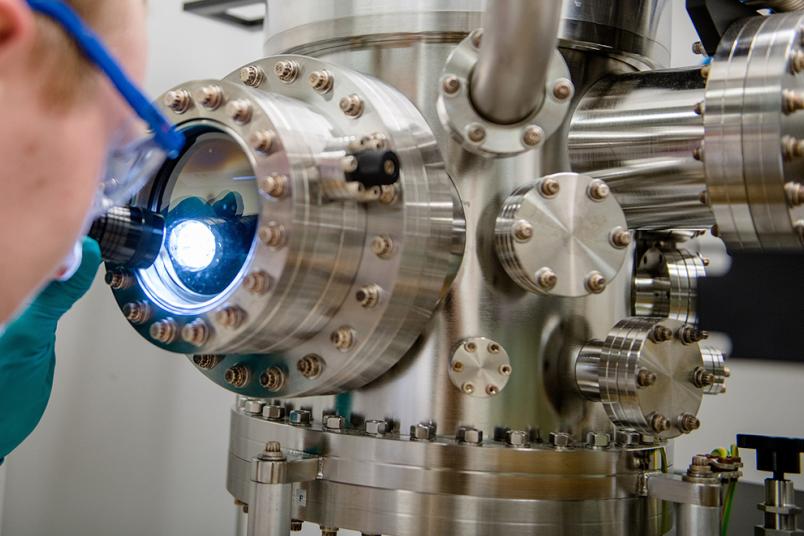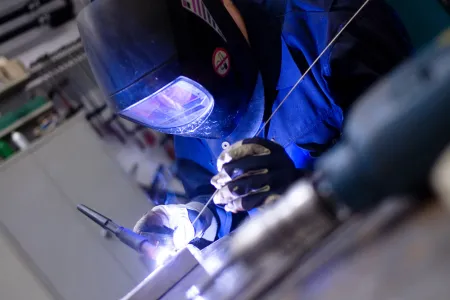
Phase transitions
Better understanding of material properties
The Titanic broke apart when it collided with the iceberg. One of several reasons for the catastrophe: the steel used was extremely brittle. Phase transitions in the solid state explain this brittleness of metals.
Triggered by temperature changes, material properties can change, as in the collision with the iceberg. Today, a different steel would be used, because science knows more about these phase transitions. Experts from materials science, physics and engineering are conducting research on them. Under the leadership of UDE Professor Gabi Schierning, an article has now been published in Advanced Energy Materials that takes an interdisciplinary look at the field and sets out future research goals. The UDE team cooperated for the work with the groups led by Professor Anna Grünebohm, Professor Anna Böhmer, Professor Jan Frenzel, Professor Ilya Eremin, Professor Ralf Drautz und Dr. Frank Lechermann at Ruhr University Bochum as part of the University Alliance Ruhr.
University Alliance Ruhr
In everyday life, we encounter phase transitions as changes in the state of aggregation, for example from liquid water to water vapour. In a phase transition in a solid, however, the state of aggregation remains the same. “However, the properties of the solid change, for example due to pressure or temperature changes. A solid can become very brittle or magnetic above a certain temperature by changing its crystal structure,” says materials scientist Gabi Schierning.
Professor Anna Grünebohm from Ruhr University Bochum explains a very concrete application example for the mechanism of the phase transition: “A change in shape during the phase transition can be used specifically in medical technology when using stents. Once inserted in the patient's body, the medical implants can change their shape through a temperature pulse and expand in the calcified bloodstream.”
In different scientific disciplines, phase transitions are studied from different angles. Engineers, for example, are interested in their role in construction materials such as steel screws. Solid-state physicists, on the other hand, wonder what happens to the electrons at the phase transition and develop complex models for it. “In the article that has now appeared in Advanced Energy Materials, our interdisciplinary research team has recorded the motives and mechanisms that occur together experimentally,” explains Schierning. As a result, the 14 authors have compiled the experiments that should be carried out on different materials and recorded which studies are underrepresented for which classes of materials and should therefore be targeted. “From this we can derive a guideline for further interdisciplinary research,” says Schierning.
